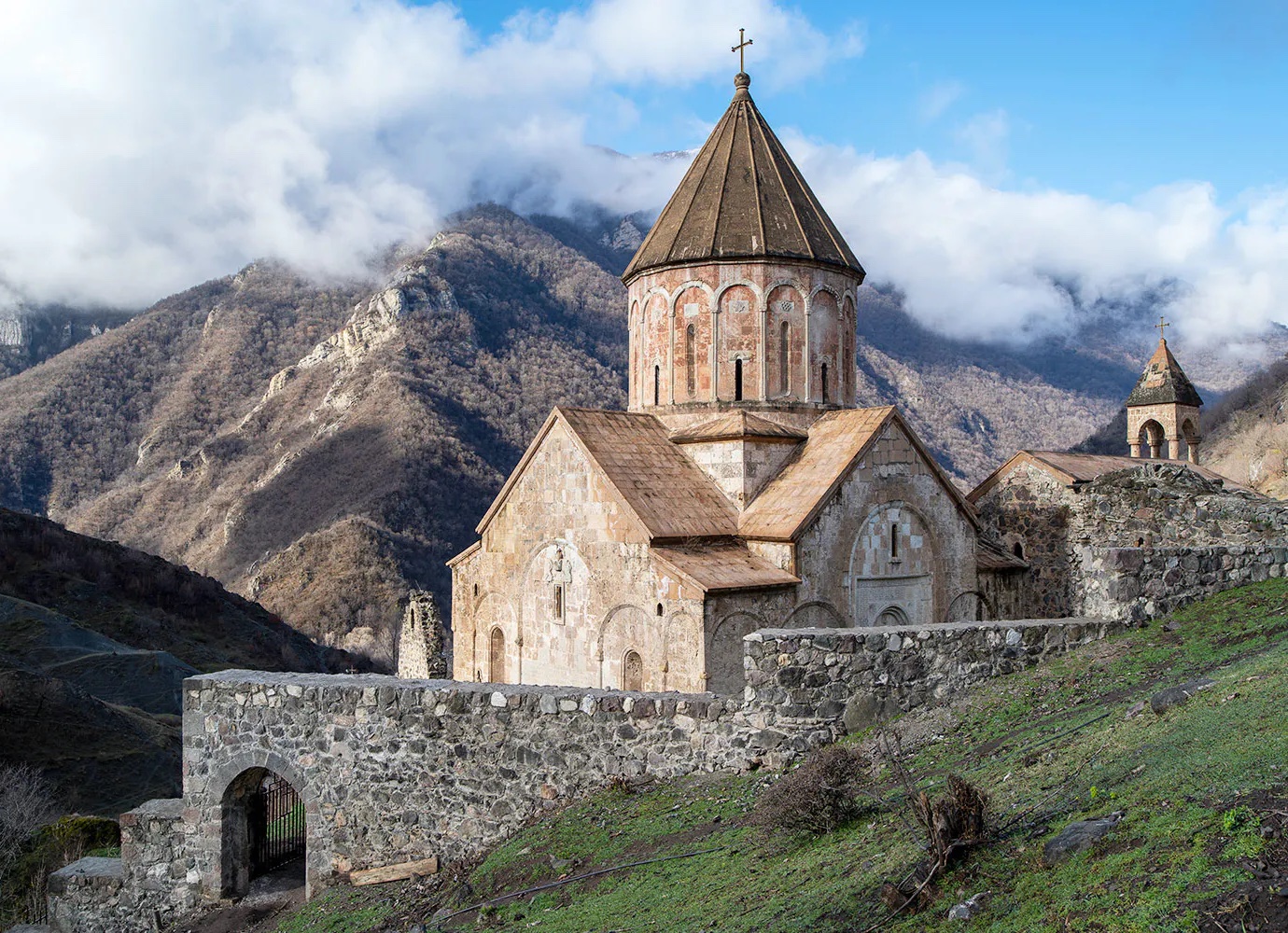A new online exhibition takes viewers on a 3D tour of Christian monuments in Nagorno-Karabakh

Ancient Faith: The Churches of Nagorno-Karabakh is a new online exhibition that combines photographs and drone footage with historical storytelling to shine a spotlight on seven churches and monasteries in the region that date from the 4th to the 19th century.
On display on the website of the Washington DC-based Museum of the Bible, the exhibition includes footage of a number of important sites, including the Amaras Monastery, the first school to use the Armenian alphabet, a 9th-century fortress, and a monastery complex dating back to 1214.
Out of the seven monuments, six changed hands during fighting in Nagorno-Karabakh in 2020. The conflict saw Azerbaijani and Armenian troops fight for control over the region, before a Russian-brokered peace deal made Armenia concede a large portion of the territory to Azerbaijan.
Conservationists have become increasingly concerned in the aftermath of the war after the Azerbaijani government began controversial renovations to Shushi’s Gazanchetsots Cathedral. The Azerbaijani also began promoting the theory that the Armenian churches were in fact Caucasian Albanian monuments appropriated by Armenians in the 19th century: an idea that has been largely disproved by historical sources.
Ancient Faith hopes to introduce international audiences to the heritage of the region in an effort to raise awareness of the need for its preservation. “Christianity has a rich and diverse history in the South Caucasus from the earliest days of the Christian church,” says Jeff Kloha, the Chief Curatorial Office of the Museum of the Bible. “But there is an unfortunate history in this region of Christian monuments being subjected to destruction, alteration, or cultural appropriation. We hope that this exhibit will highlight the urgent need for these monuments to be preserved in their integrity.”
Many of the monuments featured in the exhibition are UNESCO Heritage Sites. Azerbaijan and Armenia are both signatories of the 1945 Convention for the Protection of cultural property in the event of armed conflict, an agreement whereby both parties commit to the preservation of such sites, regardless of their origin. After fighting ceased in 2020, UNESCO requested that both Azerbaijan and Armenia allow a mission to travel to the area and assess Nagorno-Karabakh’s monuments. While Armenia accepted, UNESCO is still awaiting Azerbaijan’s response.


